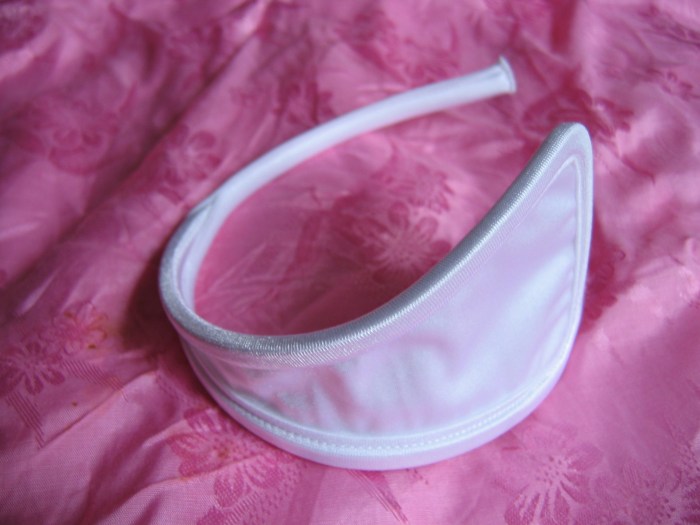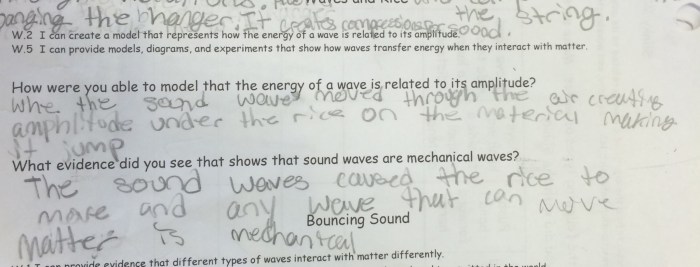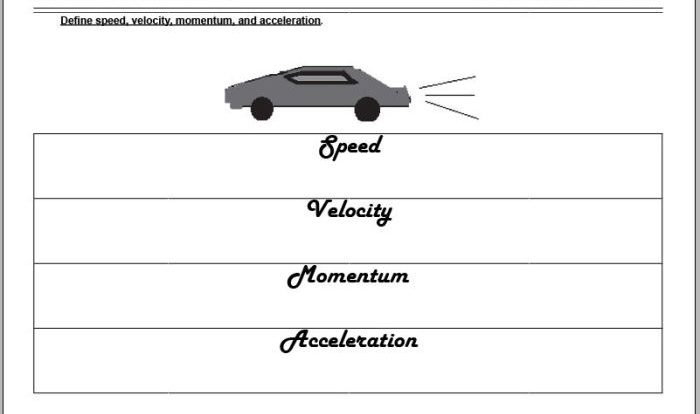A string that is stretched between fixed supports – A string stretched between fixed supports is a fundamental concept with far-reaching applications in physics, engineering, and music. This intricate subject unveils the profound relationship between tension, elasticity, and wave propagation, leading to a captivating exploration of resonance, standing waves, and their practical implications.
Delving into the intricacies of stretched strings, we uncover the principles governing their behavior and the remarkable phenomena that arise from their manipulation. From the harmonious melodies of musical instruments to the intricate designs of engineering structures, the study of stretched strings offers a wealth of insights and practical applications.
1. Tension and Elasticity

The tension in a stretched string is directly proportional to the force applied to it. The elasticity of the string is a measure of its ability to resist deformation and return to its original length when the force is removed.
The relationship between tension and elasticity can be expressed by the following equation:
T = kΔL
where T is the tension, k is the spring constant, and ΔL is the change in length.
Examples of how tension affects the frequency and wavelength of waves traveling through the string:
- Increasing the tension increases the frequency of waves traveling through the string.
- Increasing the tension decreases the wavelength of waves traveling through the string.
2. Resonance and Standing Waves: A String That Is Stretched Between Fixed Supports
Describe the phenomenon of resonance in a stretched string:
Resonance occurs when the frequency of an external force matches the natural frequency of a stretched string. At resonance, the amplitude of the string’s vibrations is greatly increased.
Explain how standing waves are formed and how their frequency and wavelength depend on the string’s length and tension:
Standing waves are formed when two waves of equal frequency and amplitude travel in opposite directions along a stretched string. The frequency of the standing waves is determined by the length and tension of the string. The wavelength of the standing waves is twice the length of the string.
3. Musical Applications
Discuss the use of stretched strings in musical instruments, such as guitars and violins:
Stretched strings are used in a wide variety of musical instruments, including guitars, violins, and pianos. The tension and length of the strings affect the pitch and timbre of the sound produced.
Explain how the tension and length of the strings affect the pitch and timbre of the sound produced:
- Increasing the tension increases the pitch of the sound.
- Increasing the length of the string decreases the pitch of the sound.
- The timbre of the sound is affected by the material of the string and the way it is plucked or bowed.
4. Engineering Applications

Provide examples of engineering applications that involve the use of stretched strings:, A string that is stretched between fixed supports
- Stretched strings are used in suspension bridges to support the weight of the deck.
- Stretched strings are used in catapults to launch projectiles.
- Stretched strings are used in musical instruments to produce sound.
Discuss the factors to consider when designing and using stretched strings in these applications:
When designing and using stretched strings in engineering applications, it is important to consider the following factors:
- The tension in the string
- The length of the string
- The material of the string
- The environment in which the string will be used
5. Advanced Topics

Explore advanced topics related to stretched strings, such as nonlinear vibrations, damping, and chaos:
Advanced topics related to stretched strings include nonlinear vibrations, damping, and chaos. Nonlinear vibrations occur when the amplitude of the string’s vibrations is large enough to cause the string to behave in a nonlinear manner. Damping is a force that opposes the motion of the string and causes the amplitude of the vibrations to decrease over time.
Chaos is a state of disorder that can occur in nonlinear systems.
Discuss the potential applications of these advanced concepts in various fields:
The advanced concepts of nonlinear vibrations, damping, and chaos have potential applications in a variety of fields, including engineering, physics, and biology.
Helpful Answers
What is the relationship between tension and the frequency of a stretched string?
Increasing tension raises the frequency of the string, as it enhances the restoring force that opposes the string’s displacement.
How do standing waves form on a stretched string?
Standing waves arise when two waves of equal frequency and amplitude travel in opposite directions on the string, creating a pattern of nodes and antinodes.
What is the significance of resonance in musical instruments?
Resonance allows musical instruments to produce specific pitches by amplifying the vibrations of the stretched strings at their resonant frequencies.


